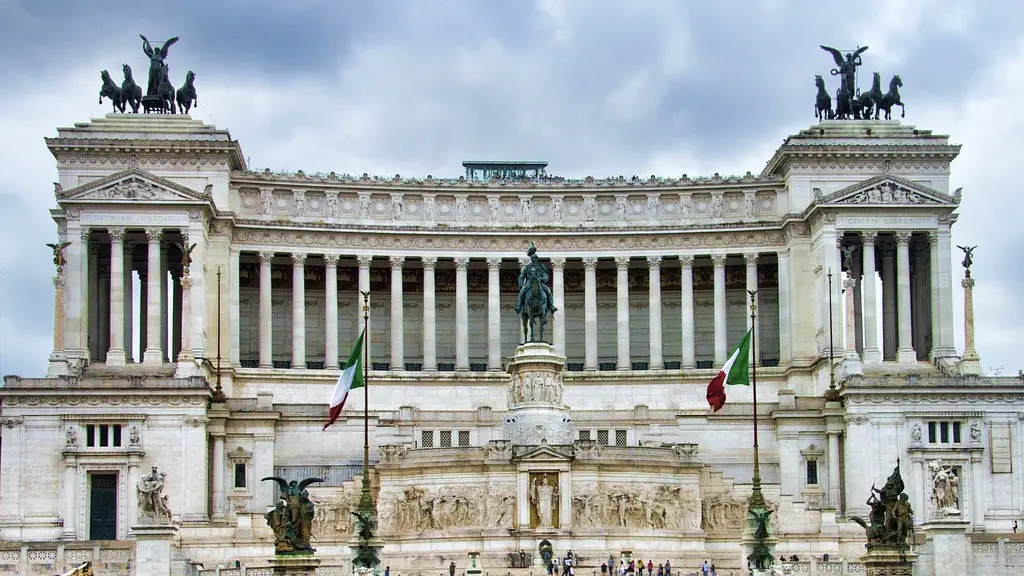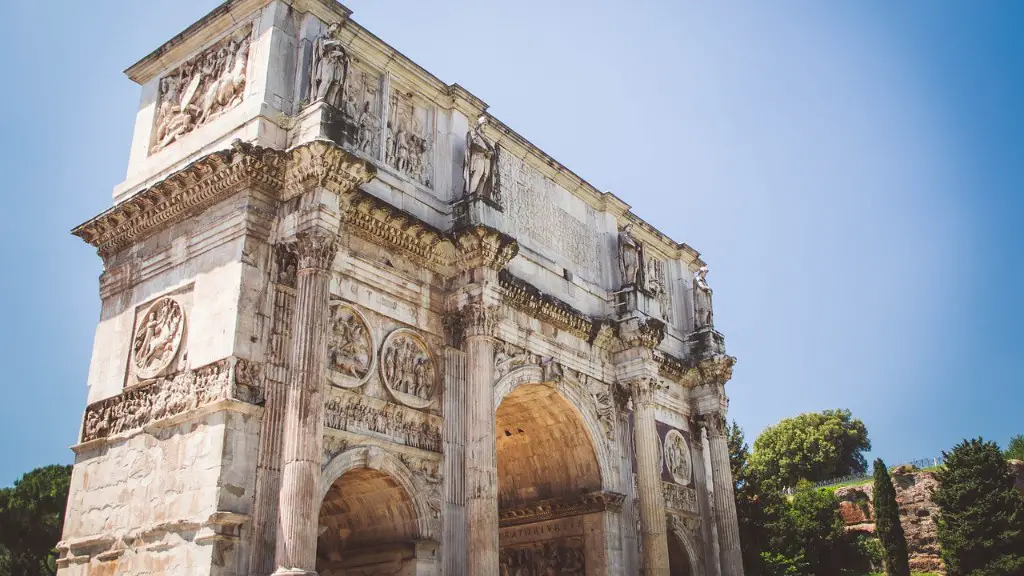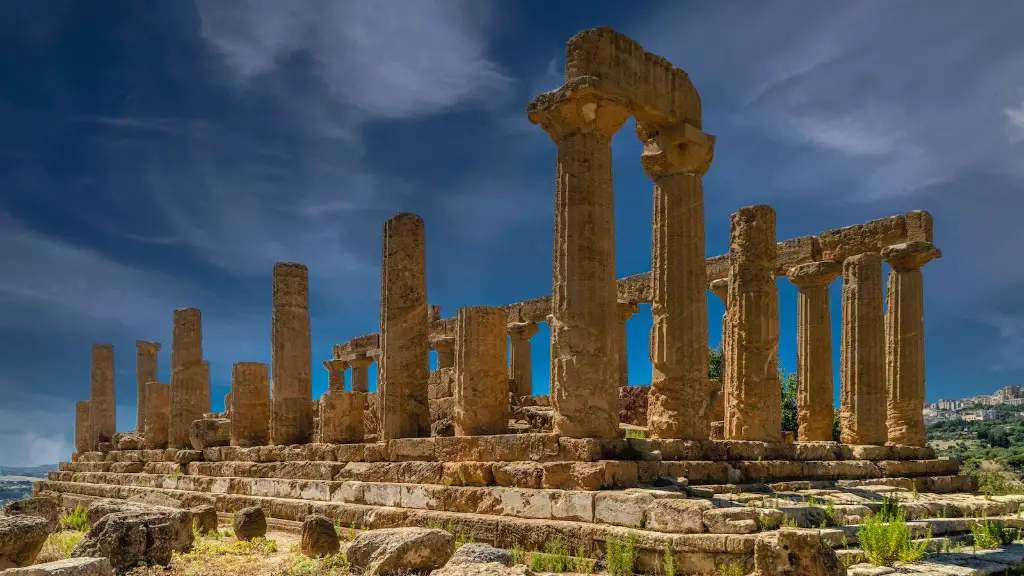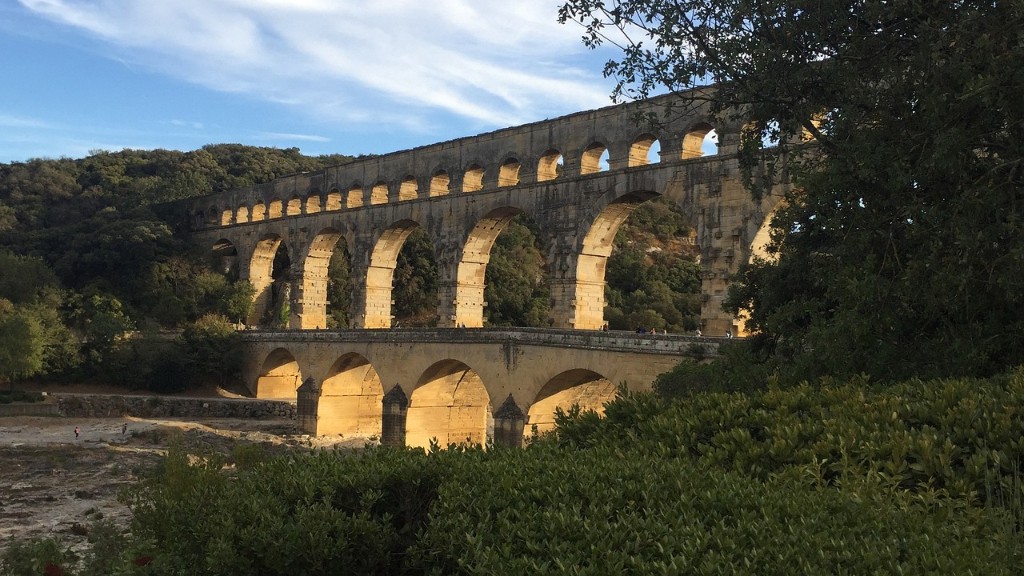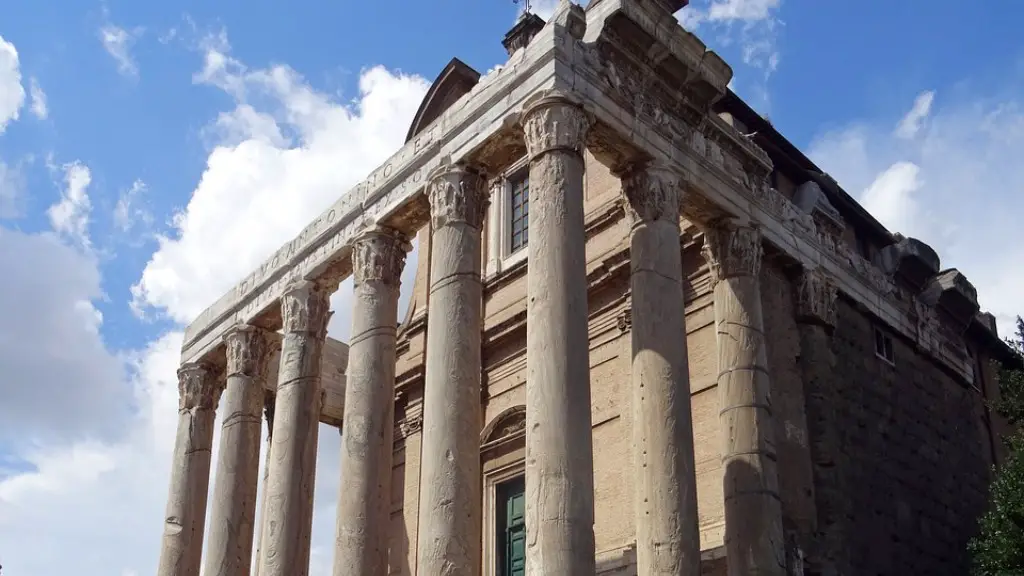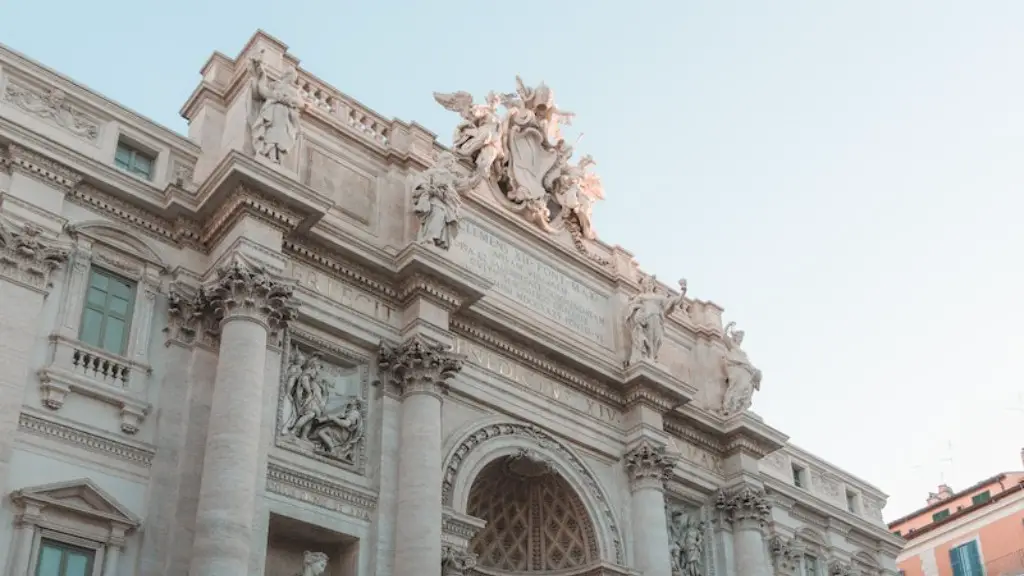Rome is one of the most powerful and influential cities that have ever existed. It was and still is a bustling metropolis, full of life and culture. Ancient Rome was a powerful, advanced civilization that left a lasting impression on the world. Historic Roman architecture, monuments, art, literature, and engineering have all left an indelible mark on the world’s history.
Rome was founded on the banks of the River Tiber around 750 BC. It developed into the centre of the Roman Empire, which stretched from the Black Sea in the east to the Atlantic Ocean in the west. Rome was ruled by an absolute ruler, first by kings and later by the Roman Senate.
The Roman Republic was formed in 509 BC with the overthrow of the monarchy. The Roman Senate became the most powerful body with control over the government and economy. It was the first political society in the world to develop a system of jurisprudence and a tax system.
Ancient Roman architecture is some of the most magnificent in the world. The Colosseum and the Roman Forum are two of the most famous structures built during this time. The Colosseum is an excellent example of advanced engineering and construction which was designed to accommodate large numbers of people. The Forum was a large open-air market and political center in the city where Roman citizens gathered to discuss politics.
Ancient Romans were a very religious people, and their religion was part of their everyday life. The Romans worshipped many gods and goddesses, focusing on their importance in their daily lives. Religion was a way to connect the people and provided a common set of beliefs and values.
Ancient Rome was an advanced civilization, with many of its innovations still used today. Architecture, engineering, art and literature are just some of the areas where the Romans made important advances. Roman engineering was second to none and some of the technologies are still in use today. Roman art and literature flourishes and has inspired many great works of art.
The Romans were great warriors and their army was one of the best in the ancient world. With its well-trained, disciplined soldiers, the Roman army was able to conquer and control many territories for centuries. The Roman military code was known for its tactics and advanced equipment.
Politics & Governance
Ancient Rome was a republic, founded by a people who rejected monarchy. The Roman Republic which was founded in 509 BC and lasted until 27 BC was ruled through a complex system of politics and governance. The two main branches were the senate and the consuls, who worked together to lead the people of Rome. The senate was responsible for passing legislation and the consuls were responsible for carrying out the decisions of the senate.
The Roman government was hierarchical, with citizens of different classes. The highest class were the patricians, followed by the plebeians, who were the common folk. The Roman government was a system of checks and balances with different levels of authority and power. Decisions from the emperor were overridden by the interests of the senate, and decisions from the senate were overridden by the consuls.
The Roman senate was made up of 600 senators who were elected. Their role was to debate and decide on laws and policies. The senate had power over the economy, foreign policy, and the military. The consuls were the highest-ranking magistrates of the republic and were elected by the people for a term of one year. They were responsible for law enforcement, military operations, and had the power to veto the decisions of the senate.
Roman politics was complex and powerful. The Roman Republic was one of the longest lasting and most successful governments in history, and its influence can be seen in modern governments today.
Law & Justice
Roman law was an important part of the functioning of the Roman Republic. Roman law was very well developed, with a set of legal codes which could be used to settle disputes. Roman law was based on the principle of fairness, with each case judged on its individual merits. The Roman legal system was one of the most advanced of its time and was used as the basis for many modern legal systems.
The Roman legal system was divided into two main parts. Civil law dealt with disputes between individuals, while public law dealt with disputes between citizens and the government. In both cases, the law was enforced by the magistrates who were responsible for ensuring that justice was served. Roman law was based on the concept of equality, with everyone being equal before the law.
One of the most famous Roman legal codes is the Twelve Tables, which contained laws covering many different areas, from marriage to ownership. The Twelve Tables is seen as one of the most important legal documents in history, as it provided a set of standards and principles that could be used to decide on a legal dispute.
Roman law was very important in the functioning of the Roman Republic, and its influence can still be seen in many modern governments today.
Economy & Trade
The Roman economy was based on a system of agrarian-based trade, focussed on farming, fishing and other agricultural activities. The Roman economy was very successful, with an established network of trade routes and a rich variety of products available to the citizens. Trade was a major source of income for the Republic, and was crucial to the functioning of the Roman economy. The economy relied heavily on imports, particularly in food and other commodities.
Roman currency was a vital part of the economy, with coins being minted and used as a form of currency. The coins were made of bronze, silver and gold and were used in various areas of trade and industry. The Roman currency was an important part of life, and its influence is seen in modern currency today.
The Roman economy was very successful, and it enabled the Roman Empire to expand and evolve. The success of the Roman economy was due to its extensive network oftrade routes and its diverse range of products. Roman coins were also an important part of the economy, used as currency and as a way to control and regulate the economy.
The Roman economy was one of the most advanced of its time and its influence is still seen in modern economies today.
Society & Culture
Ancient Roman society was very organised, with a complex system of classes and hierarchies. Roman society was divided into two main classes; the patricians, who were the upper class citizens, and the plebeians, who were the lower class citizens. The Roman society was also divided into different classes, such as the equites, who were the middle class, and the proletarii, who were impoverished citizens.
Ancient Roman culture was very advanced, with many aspects of it still influencing modern culture. Roman art and literature flourished, with great works such as Virgil’s Aeneid and Julius Caesar’s Gallic Wars still being studied and admired today. Roman culture was very diverse and encompassed many aspects of life, from religion and philosophy to politics and literature.
Ancient Roman culture was highly advanced and its influence is still seen in many areas of modern society. From religion, to art and literature, to government and governance, the legacy of the Roman Empire is still evident. The Ancient Romans have left an indelible mark on the world, and their culture and legacy can be seen in all aspects of modern life.
